Philips Fidelio FB1 review: maximum bass, minimum fuss
This Atmos soundbar might be the best choice for anyone looking for deep bass from a single unit

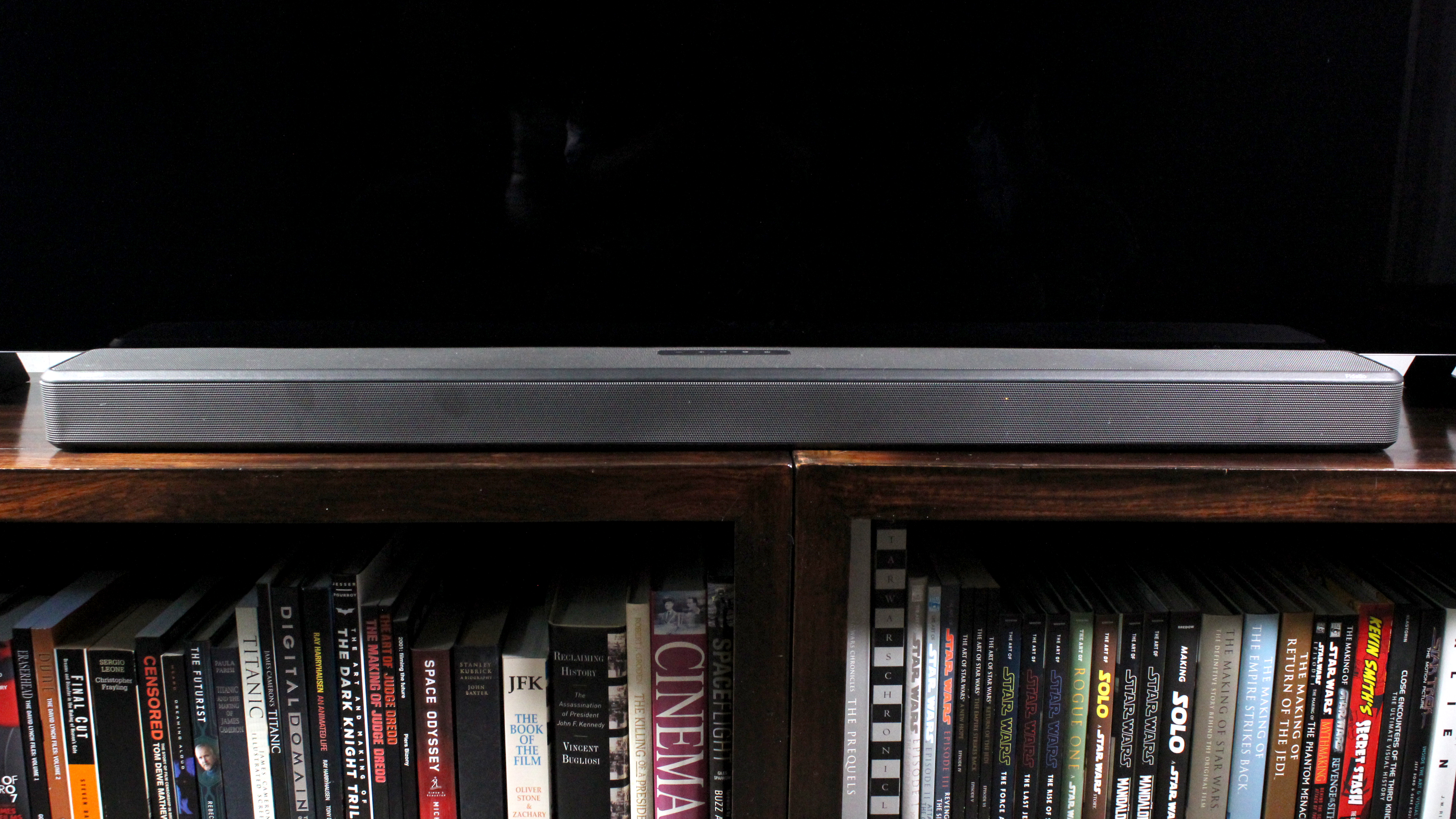
The Philips Fidelio FB1 is a capable and stylish soundbar that delivers deep bass despite the lack of a separate subwoofer. The soundstage is expansive with precisely placed overhead effects, and only the connectivity disappoints. Otherwise this is a convenient and effective single unit soundbar solution.
-
+
Wide front soundstage
-
+
Deep bass extension
-
+
Clearly defined dialogue
-
+
Attractive design and solid build
-
-
Front-heavy delivery
-
-
No support for HDMI 2.1
Why you can trust T3

The Philips Fidelio FB1 is a single-box soundbar that supports the main object-based spatial audio formats of Dolby Atmos and DTS:X using its upfiring drivers.
It includes a pair of built-in woofers designed to generate deeper bass, despite lacking a separate subwoofer, and also adds DTS Play-Fi for multi-room functionality.
But how deep is that bass, and does it do enough to stand out in a crowded market? Let’s find out in our Philips Fidelio FB1 review...
Philips Fidelio FB1 review: Price & release date
The Philips Fidelio FB1 was released towards the end of 2022 and can be purchased from most major retailers. In the UK it costs around £799, in the USA you can expect to pay around $699, while in Australia it goes for around AU$1,699.
Philips Fidelio FB1 review: Features & what's new?
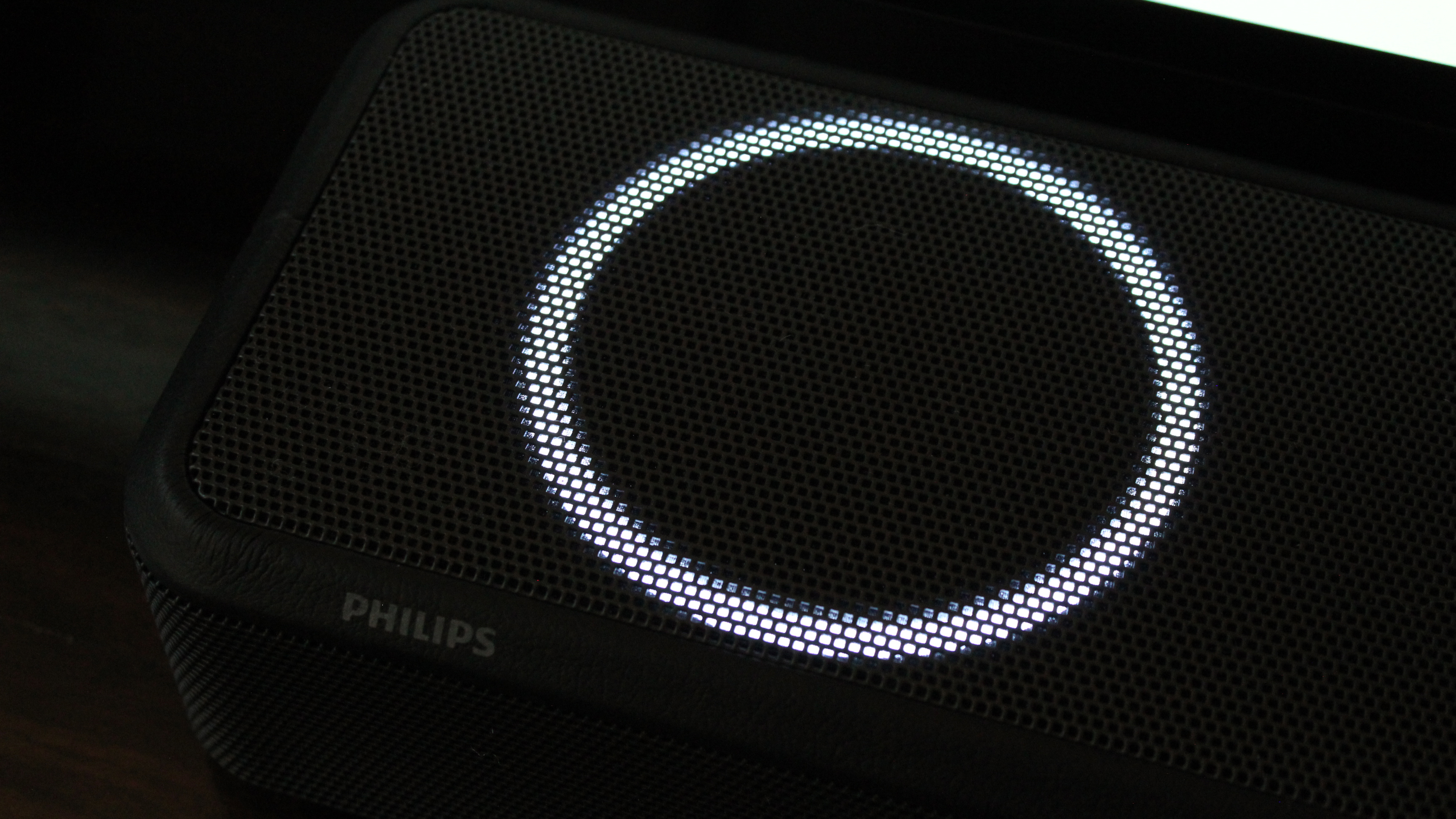
The Philips Fidelio FB1’s headline feature is its ability to decode the Dolby Atmos, DTS:X and IMAX Enhanced spatial audio formats, and deliver them using a 5.1.2-channel speaker system. More importantly, this entire system is crammed into a single, relatively svelte soundbar, no extra boxes required.
That channel layout is based around front left, right and centre channels, side-firing width channels, and a pair of up-firing overhead channels. These speakers are full-range and comprise a total of 13 drivers and tweeters combined, while a pair of 3.5-inch woofers lay down a solid foundation of bass.
Philips claims the FB1 can extend down to 40Hz at the low-end, which is impressive given the lack of a separate subwoofer. The entire system is driven by a total of 310W of amplification, with peaks up to 620W, allowing you to crank up the volume without the sound distorting or losing its composure.
While the actual speaker layout is 5.1.2, Philips claims the FB1 can deliver a virtual 7.1.2-channel experience, creating the illusion of rear speakers through the wizardry of psychoacoustics. Of course, this kind of trickery can’t replace actual rear speakers, but it’s a useful feature to have.
The FB1 supports DTS Play-Fi, which provides multi-room capabilities and playback of Hi-Res Audio, along with the ability to wirelessly add the Fidelio FS1 rear speakers and FW1 subwoofer, creating a true 7.1.2-channel system. Of course, this approach significantly increases the cost, as you can see from the embedded shopping widget below.
An automated room correction system uses an included calibration microphone to measure a series of test tones and create an acoustic map of the environment. This data is used to optimise the overall sound quality, eliminating the more negative aspects of the room.
At the rear is an HDMI input, and an output that supports eARC (enhanced audio return channel). Both pass 4K/60p, and every version of HDR (high dynamic range), but there’s no passthrough of 4K/120p, VRR (variable refresh rate) or ALLM (auto low latency mode), which will disappoint next-gen gamers.
In terms of other connectivity, there’s an optical digital audio input, and a USB port that supports MP3, WAV, and FLAC files. For wireless connections there’s a choice of dual-band Wi-Fi, Bluetooth 5.0, and Apple AirPlay 2, plus there’s also built-in Chromecast, and Spotify Connect.
Philips Fidelio FB1 review: Performance

The Philips Fidelio FB1 immediately demonstrates a capable performance, with an overall delivery that’s tight and detailed. The treble is nicely rendered, remaining clear and well-defined, while the midrange is open and uncongested. The bass is also generated with surprising depth, while still remaining controlled and precise, with transient attacks that retain speed and verve.
Despite the FB1 lacking a separate subwoofer, this is rarely apparent, even when watching movies with active LFE (low-frequency effects) tracks requiring large amounts of bass. The twin woofers may not be as powerful as a large separate subwoofer but are still capable of digging deep. As a result, they do a superb job of laying a solid foundation of bass, on top of which all the other channels are added.
The Philips is excellent with 5.1 soundtracks, generating an expansive front soundstage that handles TV shows and films with skill. Side-firing drivers increase the width, while the dedicated centre speaker handles dialogue effectively, ensuring it remains clear and focused on the screen. There’s no real surround presence behind, but you can’t expect miracles from a single ‘bar.
Christopher Nolan’s mind-bending temporal thriller Tenet uses its 5.1-channel mix very effectively, giving the action plenty of scale. The climatic battle employs all the channels to deliver precise placement of gunfire, while subterranean bass gives the explosions a visceral quality. The centre channel also plays its part, ensuring dialogue doesn’t get swamped, even when it’s muffled.
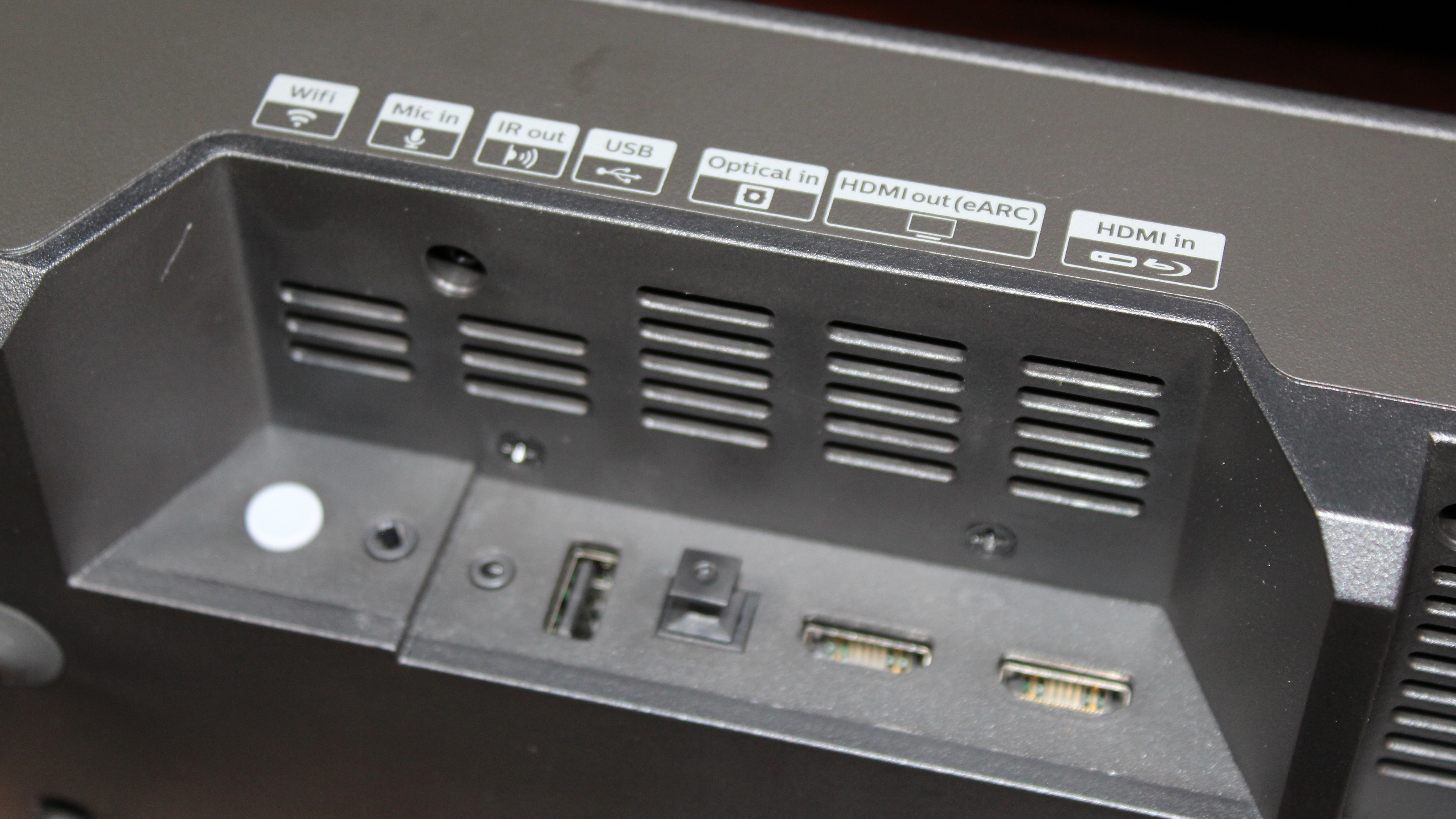
When it comes to Dolby Atmos, DTS:X, and IMAX Enhanced the Fidelio FB1 really comes into its own, with the upfiring drivers bouncing sounds off the ceiling to create overhead effects. This helps create a more three-dimensional sound field that fills the front third of the room. However, the lack of any surrounds or rear up-firers means there isn’t a complete bubble of sound.
Spider-Man: No Way Home boasts a suitably amazing Atmos soundtrack that includes plenty of wall-crawling action, which makes full use of the overhead channels and lower frequencies. Jurassic World: Dominion’s DTS:X soundtrack is another cracking spatial mix, with deep bass to give the dinosaurs greater heft, and some excellent steering across the front of the room.
It’s an impressive performance, with the Fidelio FB1 producing a balanced and enjoyable immersive experience that picks out subtle details and specific audio objects with nuanced precision. The Movie preset is probably the best choice, especially for movies (obviously), but the Surround AI setting tends to boost the height/surround effects at the expense of the cohesion.
Theoretically, you could use DTS Play-Fi to add compatible wireless rear speakers and even a separate wireless subwoofer, but this obviously adds to the cost and detracts from the main appeal of the Fidelio FB1: its ability to deliver an impressive sonic performance in a convenient fashion, while also keeping the costs down compared to a multi-component system.
Philips Fidelio FB1 review: Design & usability
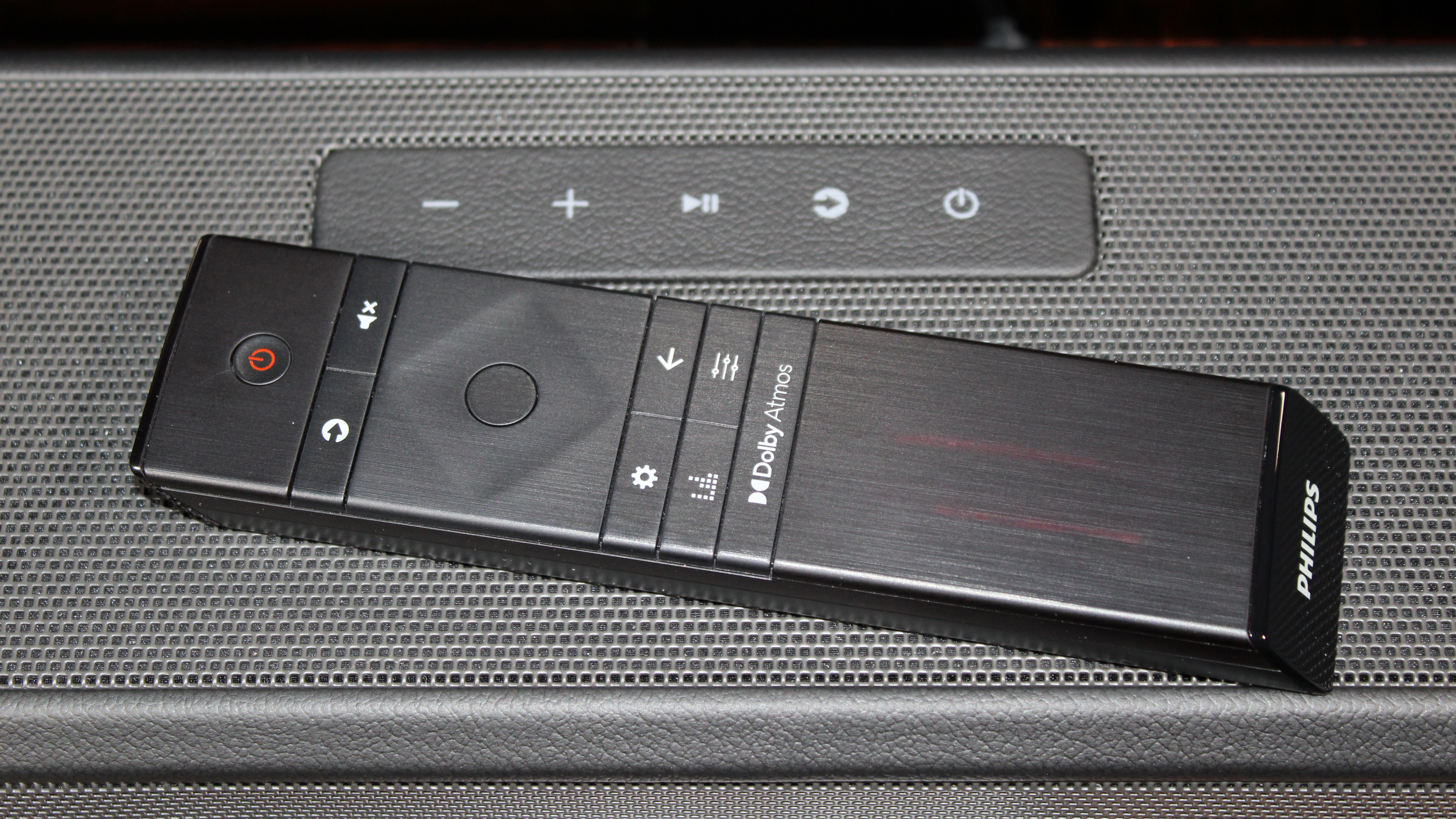
The Philips Fidelio FB1 sports an attractive design and elegant finish befitting of its premium status. The cabinet is fairly large, but the sleek styling doesn’t dominate the front of the room, while the build quality is excellent, with a robust metal construction that weighs a solid 7.2kg.
The cabinet has rounded corners and a Muirhead leather trim that separates the top, front, and side panels, adding a degree of class. The speakers are located behind mesh metal grilles, as is the display on the front right, although because of this it can be difficult to clearly read at times.
There are ring lights around the up-firing drivers that illuminate when the FB1 is decoding an object-based audio format. This looks very cool, but can get distracting in the dark; luckily you can turn it off. Finally, there are some basic touch-sensitive buttons on the top of the cabinet itself.
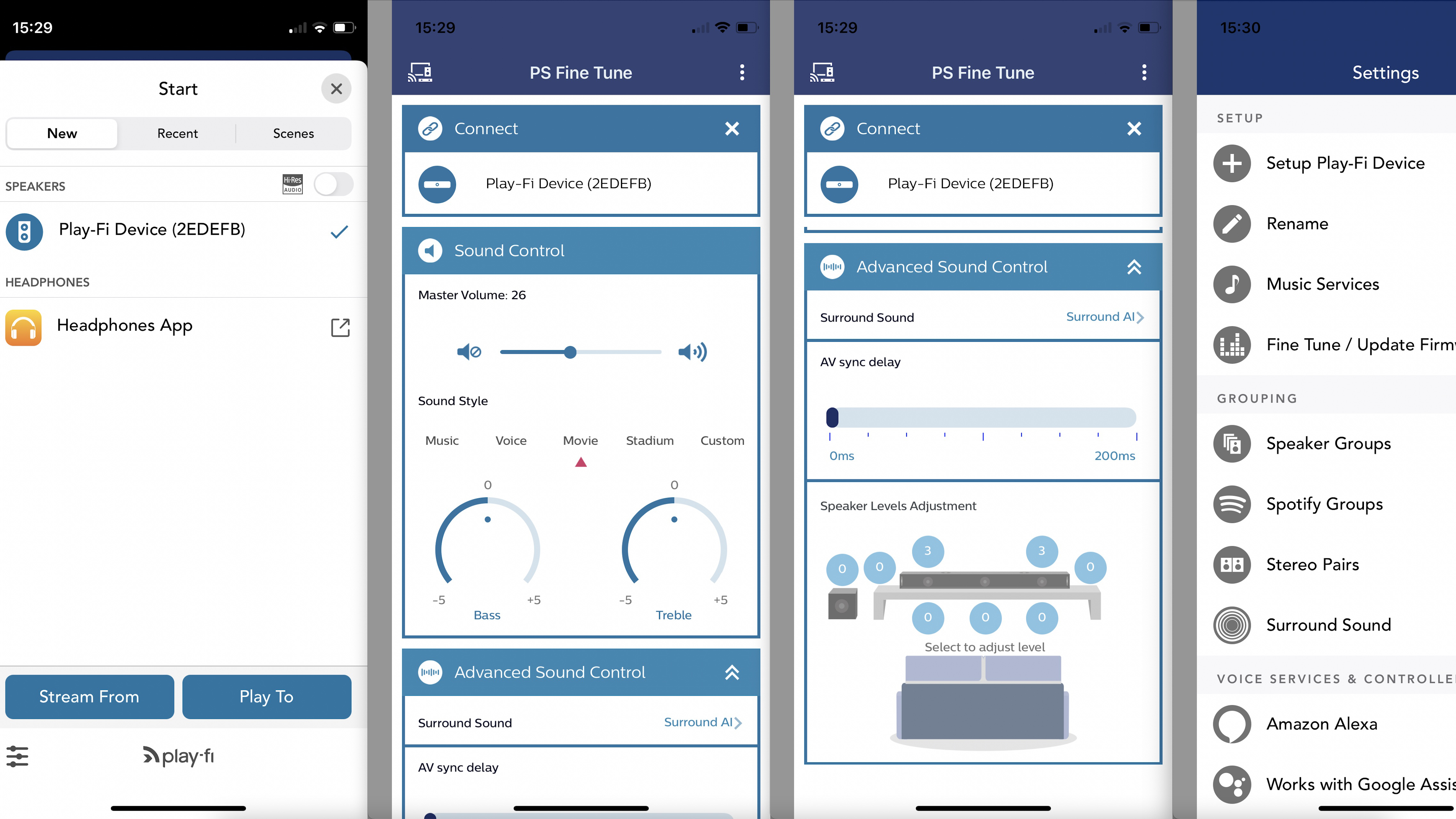
The included remote is annoyingly minimalist, with most of the buttons identified by less-than-intuitive icons, making it difficult to use. Luckily there’s also voice control via the FB1’s ability to work with Amazon Alexa and Google Assistant, or even Siri through Apple’s AirPlay 2.
A brace of apps provide added control alternatives, with the first being the Philips Sound app, which integrates the DTS Play-Fi functionality, and adds streaming services like Spotify, Tidal, Amazon Music, Qobuz, Deezer and Internet Radio.
The second is the Philips Fine Tune app that controls the volume, EQ selection, surround modes, and levels for the surround channels. It also makes setup and room correction easier, especially compared to using the remote control and display.
Philips Fidelio FB1 review: Verdict
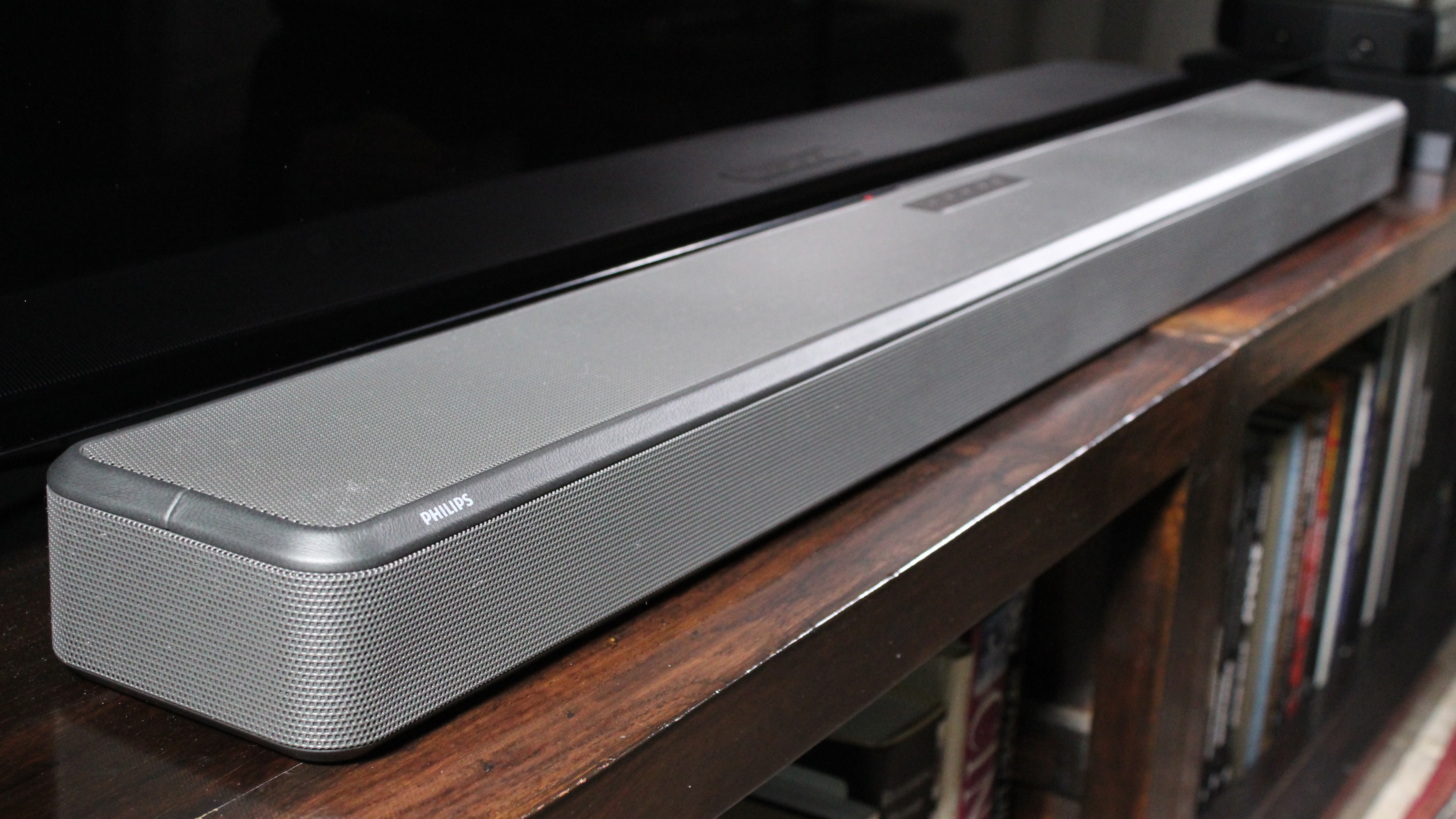
The Philips Fidelio FB1 is the ideal choice for anyone seeking a single-box soundbar solution to add Dolby Atmos, DTS:X and IMAX Enhanced audio to your big screen TV. It’s easy to install, offers extensive features, and delivers excellent, if somewhat front-heavy, immersive audio.
It has serious amounts of power too, and even manages to generate deep bass without resorting to a separate subwoofer, which is impressive. So if you want maximum performance with the minimum of fuss, this soundbar comes highly recommended.
Also consider
If you’re looking for alternatives, there are a number of similarly-priced high-end models such as the Bowers & Wilkins Panorama 3, the Bose Soundbar 900, and Sonos Arc. All three soundbars take the same single-unit approach with varying degrees of success, although none dig quite as deep as the Philips Fidelio FB1.
Sign up to the T3 newsletter for smarter living straight to your inbox
Get all the latest news, reviews, deals and buying guides on gorgeous tech, home and active products from the T3 experts
Steve Withers is a professional calibrator and freelance journalist who regularly contributes to T3, reviewing audio and video products, and writing articles. Steve has been writing about audio and video products for over ten years and, along with T3, he also contributes to TechRadar, Trusted Reviews, Expert Reviews, AVForums, Pocket-lint, Home Cinema Choice, and Wired. Steve is Level 2 certified with THX, the Imaging Science Foundation (ISF) and the Home Acoustics Alliance (HAA). As such, he remains abreast of all AV technology developments and the latest industry standards as we transition into a new era in home video and audio.
-
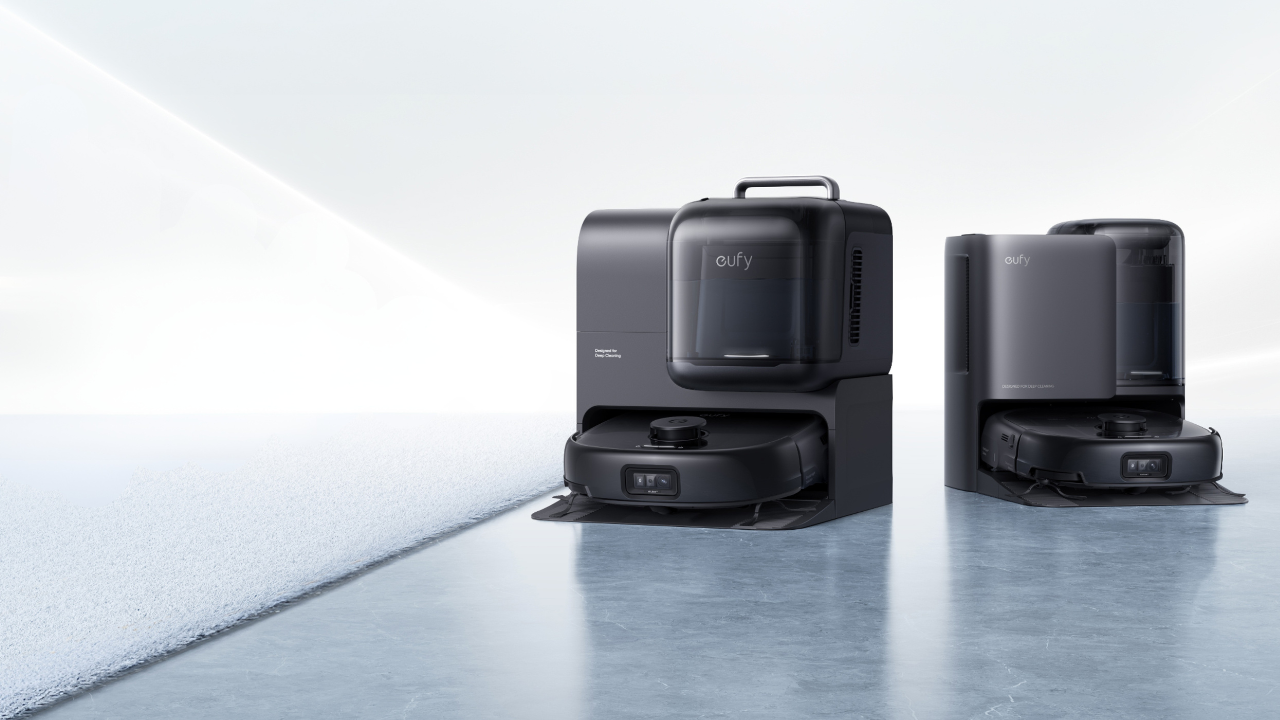 Eufy’s latest robot vacuum doubles as a portable deep cleaner for spot cleaning
Eufy’s latest robot vacuum doubles as a portable deep cleaner for spot cleaningA global first in home cleaning tech
By Lizzie Wilmot Published
-
 iPad reportedly getting major makeover and your current model could benefit too
iPad reportedly getting major makeover and your current model could benefit tooApple is said to be making a change that iPad power users have been wanting for years
By Carrie Marshall Published
-
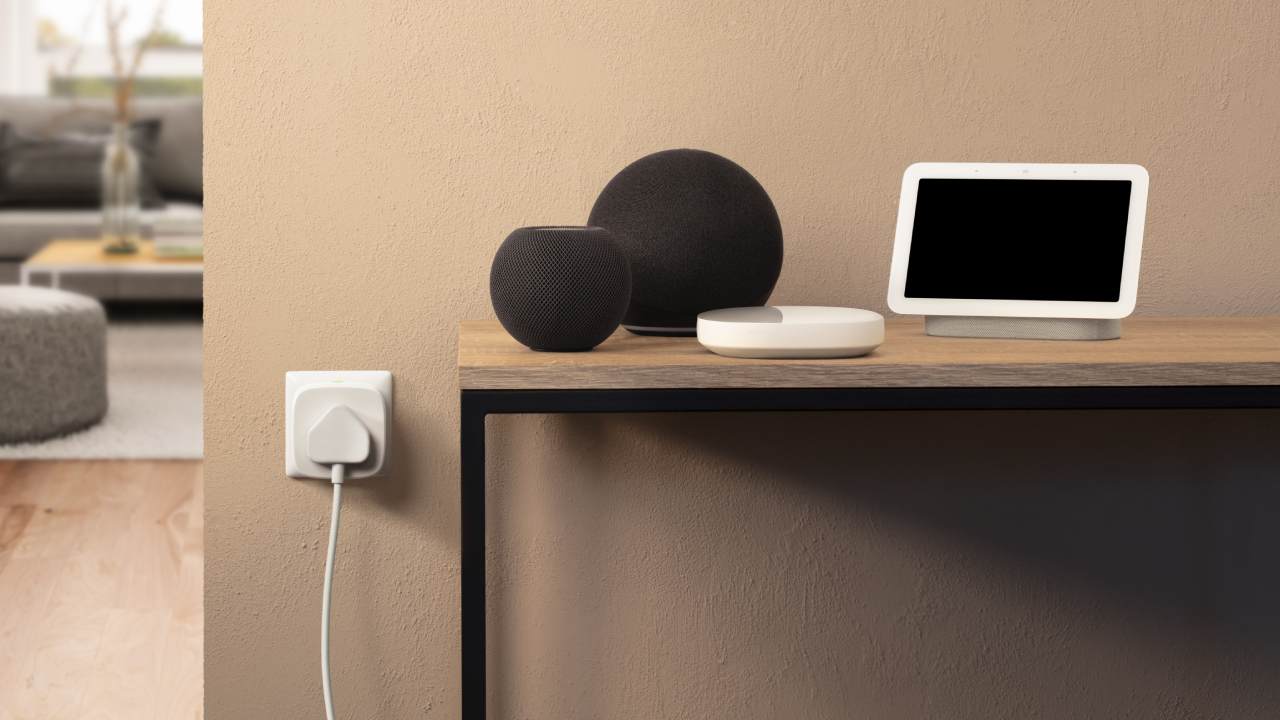 Eve’s smart plug gets impressive Matter upgrades – but I’m most excited about the app
Eve’s smart plug gets impressive Matter upgrades – but I’m most excited about the appEve Energy adds Matter support and an updated Android app
By Bethan Girdler-Maslen Published